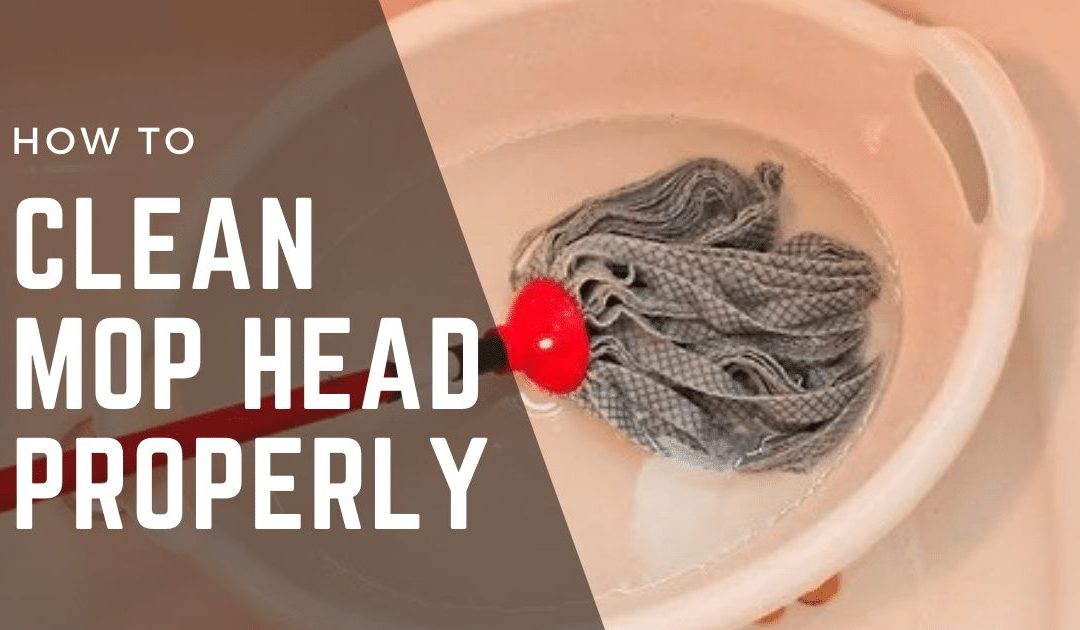A clean mop is essential for maintaining a sanitary home. Over time, mop heads can accumulate dirt, bacteria, and odors, making them less effective and potentially spreading grime instead of removing it. Here’s a step-by-step guide on how to clean a mop head properly, ensuring it remains in good condition and continues to perform effectively.
1. Rinse After Use
Immediately after using your mop, rinse it out with hot water. This initial rinse helps remove dirt, debris, and some of the bacteria. Swish the mop in a bucket of clean, hot water or hold it under running water, wringing it out repeatedly until the water runs clear.
2. Soak in a Disinfecting Solution
To thoroughly disinfect the mop head, soak it in a water and bleach solution (half a cup of bleach per gallon of water) for about 30 minutes. White vinegar or hydrogen peroxide are excellent alternatives if you prefer not to use bleach. Use a similar concentration as you would with bleach. These solutions kill remaining bacteria and help remove tough stains.
3. Machine Wash (If Applicable)
For mop heads that are machine washable, such as microfiber or cloth mop heads, place them in the washing machine after the initial rinse. Use a gentle cycle with hot water and a mild detergent. Washing mop heads separately from your regular laundry is advisable to avoid contamination.
4. Hand Wash for Non-Machine Washable Mops
If your mop head isn’t suitable for the washing machine, hand wash it after the disinfecting soak. Use a scrub brush and a mild detergent in hot water to scrub the mop head thoroughly. Make sure to change the water if it becomes too dirty during the cleaning process.
5. Rinse Thoroughly
After washing or soaking, rinse the mop head thoroughly in hot water. It’s important to remove all traces of cleaning and disinfecting solutions, as any residue can attract dirt and diminish the effectiveness of the mop.
6. Dry Completely
Moisture can promote the growth of mold and bacteria, so drying the mop head thoroughly after cleaning is crucial. Wring out as much water as possible, then leave the mop head to dry in a well-ventilated area or outdoors in the sun. Avoid leaving the mop in a bucket or on the floor, as this can prevent it from drying properly.
7. Store Properly
Once the mop head is completely dry, store it in a cool, dry place, preferably hanging up to prevent the mop head from touching the ground. This position helps maintain the shape of the mop head and prevents the growth of bacteria.
8. Regular Replacement
Even with proper care, mop heads have a limited lifespan. Regularly inspect your mop for signs of wear and tear, such as fraying or persistent odors, and replace it when necessary. A typical mop head should be replaced every two to three months, depending on use.
Conclusion
Keeping your mop clean ensures that it’s effective in keeping your floors clean. Regular maintenance not only extends the life of the mop but also contributes to a healthier and cleaner home environment. By following these steps, you can keep your mop in optimal condition, ready to tackle any mess.

